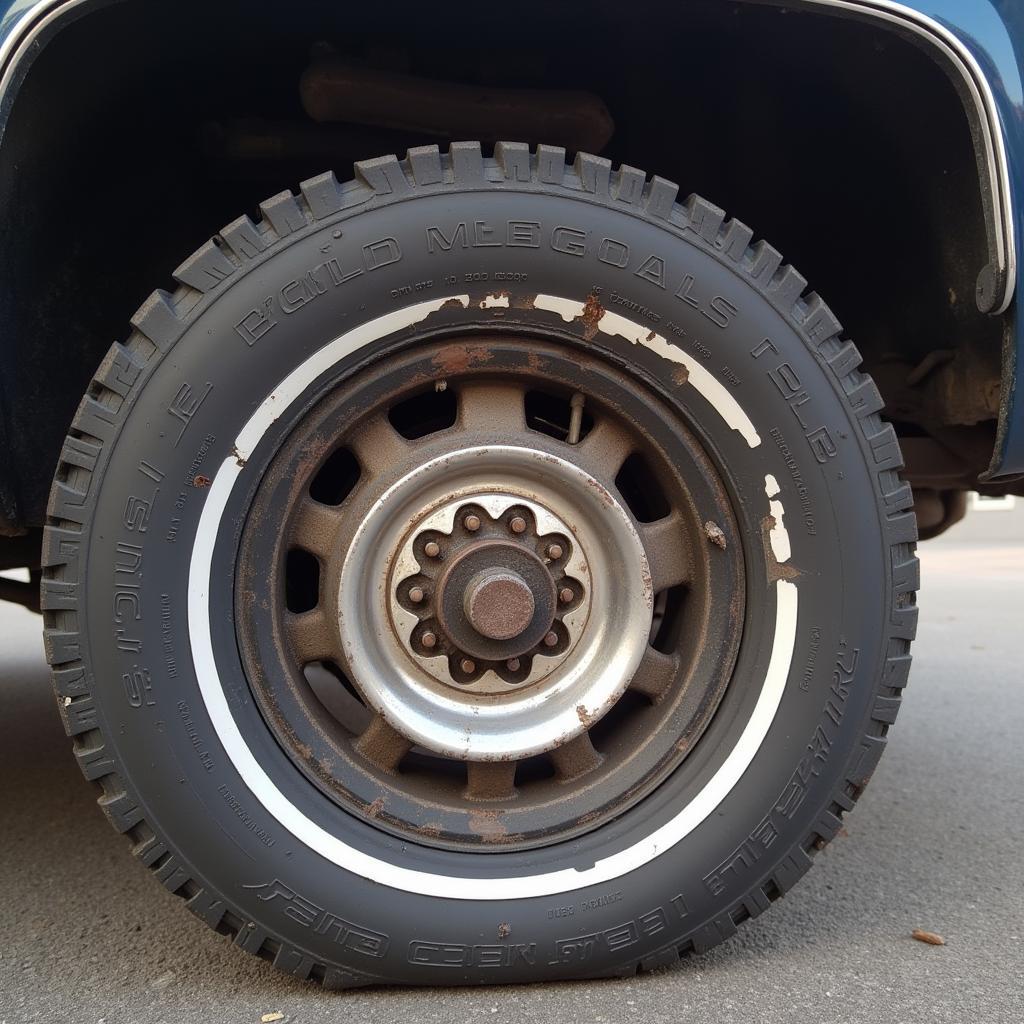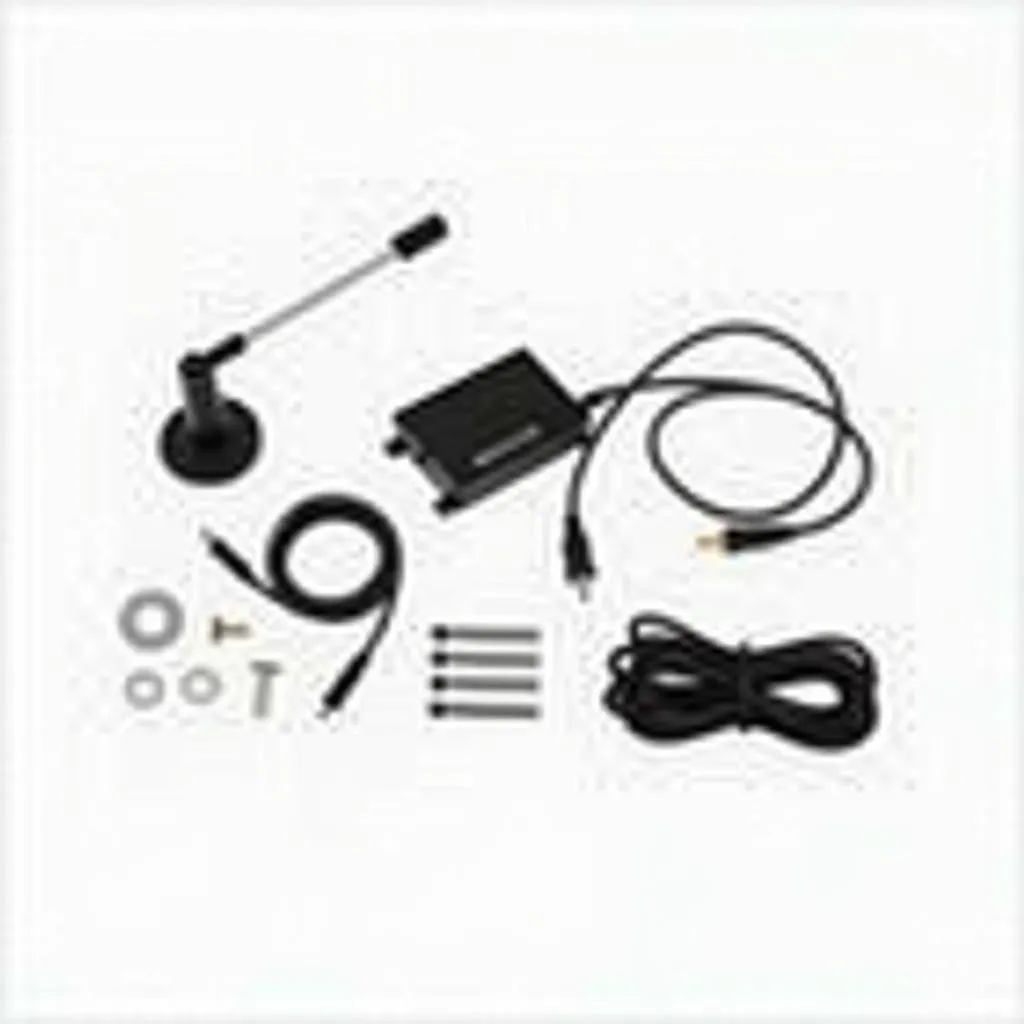The brake fluid warning light on your Mini Cooper is a crucial safety feature. When illuminated, it signals a potential problem within your braking system that requires immediate attention. Ignoring this warning could lead to reduced braking performance and increase the risk of an accident.
This comprehensive guide will delve into the common causes of a brake fluid warning light on a Mini Cooper and provide you with the necessary steps to troubleshoot and address the issue.
Understanding Your Mini Cooper’s Brake Fluid Warning Light
Your Mini’s braking system is hydraulic, meaning it relies on brake fluid to transmit force from the brake pedal to the wheels, ultimately stopping your car. The brake fluid warning light is designed to alert you to a drop in brake fluid level, which can compromise braking efficiency.
Common Causes of a Brake Fluid Warning Light
Several factors can trigger the brake fluid warning light in your Mini Cooper:
-
Worn Brake Pads: As brake pads wear down, the brake calipers need to extend further to engage the rotors. This extension requires more brake fluid, leading to a drop in the reservoir level.
-
Brake Fluid Leak: A leak in the brake lines, hoses, calipers, or wheel cylinders will cause brake fluid loss, activating the warning light.
-
Worn Brake Master Cylinder: The master cylinder is responsible for pressurizing the brake system. If its seals wear out, brake fluid can leak internally or externally, leading to a low fluid level and potential braking failure.
Diagnosing the Problem
-
Check the Brake Fluid Level: Park your Mini on a level surface and locate the brake fluid reservoir. It’s typically a translucent container with a black cap, marked “DOT 3” or “DOT 4.” The reservoir will have minimum and maximum level markings. If the fluid level is below the minimum, it needs to be topped up.
-
Inspect for Leaks: Carefully examine the area around the master cylinder, brake lines, and all four wheels for any signs of brake fluid leaks. Look for wet spots, drips, or puddles of fluid, which may appear oily and yellowish to dark brown in color.
-
Check Brake Pad Wear: If the brake fluid level is adequate and no leaks are detected, worn brake pads are the likely culprit. Inspect your brake pads for wear and tear. If they appear thin or you hear a grinding noise when braking, it’s time for a replacement.
What to Do When Your Brake Fluid Warning Light Comes On
-
Pull over safely: If the brake fluid warning light illuminates while driving, find a safe location to pull over as soon as possible. Continuing to drive with low brake fluid or a leak can lead to brake failure.
-
Do not drive your Mini: Driving with a compromised braking system is extremely dangerous. If you suspect a leak or the brake fluid level is significantly low, do not attempt to drive your Mini. Instead, contact a qualified mechanic or have your vehicle towed to a trusted repair shop.
Can I Add Brake Fluid Myself?
If you’re comfortable with basic car maintenance and the brake fluid level is only slightly low, you can top it up yourself. However, it’s crucial to use the correct type of brake fluid as specified in your Mini’s owner’s manual (usually DOT 4).
Important Note: Simply adding brake fluid will not solve the underlying issue. If you experience a significant drop in brake fluid level or the warning light reappears shortly after topping it up, it indicates a leak that requires professional attention.
Brake Fluid Warning Light Reset
After addressing the underlying issue and refilling the brake fluid, the warning light should go off automatically. However, in some cases, you may need to reset the system manually. This can typically be done by disconnecting the car battery for a few minutes or using a diagnostic scanner tool. For model-specific reset procedures, refer to your Mini’s owner’s manual or consult a qualified mechanic.
Professional Brake System Inspection and Repair
It’s crucial to remember that the braking system is critical for your safety. Attempting to diagnose or repair complex brake issues without the necessary knowledge and expertise can be dangerous.
If you are unsure about any aspect of your Mini’s braking system, it’s always best to seek professional assistance. A qualified mechanic can accurately diagnose the issue, perform any necessary repairs, and ensure your braking system functions optimally.
Preventing Future Brake Fluid Warning Light Issues
Here are some proactive measures to prevent future brake fluid warning light issues:
-
Regular Brake Fluid Flushes: Brake fluid absorbs moisture over time, reducing its effectiveness. It’s generally recommended to flush and replace your Mini’s brake fluid every 2 years or as per the manufacturer’s recommendations.
-
Timely Brake Pad Replacement: Don’t wait until your brake pads are completely worn down. Replacing them before they reach their minimum thickness will help maintain proper brake fluid levels and prevent premature wear on other brake components.
-
Routine Brake System Inspections: Regular inspections by a qualified mechanic can help identify potential issues before they escalate into major problems. This includes checking for leaks, assessing brake fluid condition, and evaluating the overall health of your braking system.
Conclusion
Addressing a brake fluid warning light promptly is paramount to ensuring your safety on the road. By understanding the potential causes, performing basic checks, and seeking professional help when necessary, you can keep your Mini Cooper’s braking system in optimal condition and enjoy a safe driving experience.



